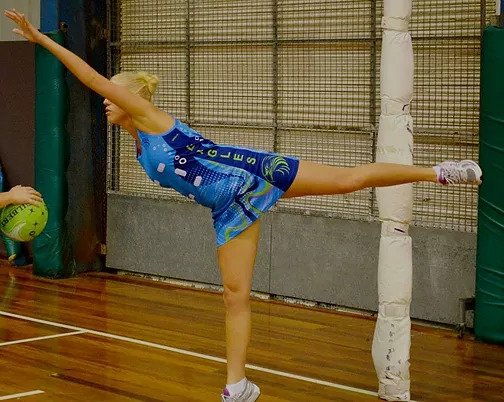According to new Medibank data, since 2012, there has been a 52 per cent increase in anterior cruciate ligament (ACL) repairs for girls aged 10 to 14 years. For those aged 10 to 19, it was a 31 per cent increase. When compared to boys aged 10 to 19, there was almost 20 per cent fewer claims for ACL repairs [1].
This new data mirrors the rise in women playing contact sport. The Australian Football League (AFL) reported a 19 per cent increase in female participation across the sport in 2016, and a 21 per cent increase in girls playing AFL ‘Auskick’, for ages 5 to 12 years.
Who’s at risk?
- Professional athletes who play sports with rapid changes in speed and direction are at greatest risk
- Amateur sporting groups are at higher risk than the rest of the general population
- Within the amateur sporting groups young ladies have the highest risk. They are 3 times more likely to tear an ACL!
- According to national data, knee injuries are the most common injury sustained by netballers, surpassing ankle injuries, with as high as 25% of all major injuries attributed to the anterior cruciate ligament (ACL). (Cerulli, Benoit, Caraffa, & Ponteggia, 2001), (Brukner & Khan, 2012), (Netball Australia National Insurance Data, 2015)
Why is this impacting girls so much?
Adolescent females, generally speaking, have almost all of the possible risk factors (see below in yellow) compared to their male counterparts. Most are non-modifiable (or can’t be changed) BUT the other systems of the body can be trained to compensate and make up the difference!
Strength, dynamic control, balance and proprioception can all be improved!
RISK FACTORS FOR ACL INJURIES

What is the ACL?
The ACL plays an important role in keeping the knee stable. Tears or sprains to the ligament can be debilitating and painful, and often occur whilst playing sport. Treatment for an ACL injury includes physical therapy and surgery.
How is the ACL Injured?
ACL injury commonly occurs when:
- Twisting with foot planted
- Landing from a jump, especially on one leg
- Decelerating suddenly
- Cutting
ACL injuries can classified as traumatic or non-traumatic
Traumatic

Unpredictable, therefore difficult to prevent. For example incidental contact with another player or a fall
Non traumatic
Accounts for 60-80 % of ACL injuries. Non-traumatic ACL injuries occur when landing from a jump or sharp sudden changes in directions. Knee alignment is very important in non-traumatic ACL injuries as poor alignment can result in excessive force on one area or structure in the knee which can cause injury (Brukner & Khan, 2012).
What do i do if I’m at risk?
Not all ACL injuries are preventable but the key to lowering your risk is to improve your modifiable risk factors. Physiotherapists can assist to give you specific exercises to improve not only your muscle strength but also your control. We also work on your balance and the special sense called propriception with a series of drills that may even improve your sporting performance.
its important that your program is tailored to you individually. There is no one-size-fits all.
For more information or to book an appointment to see if you’re at risk contact us today.


